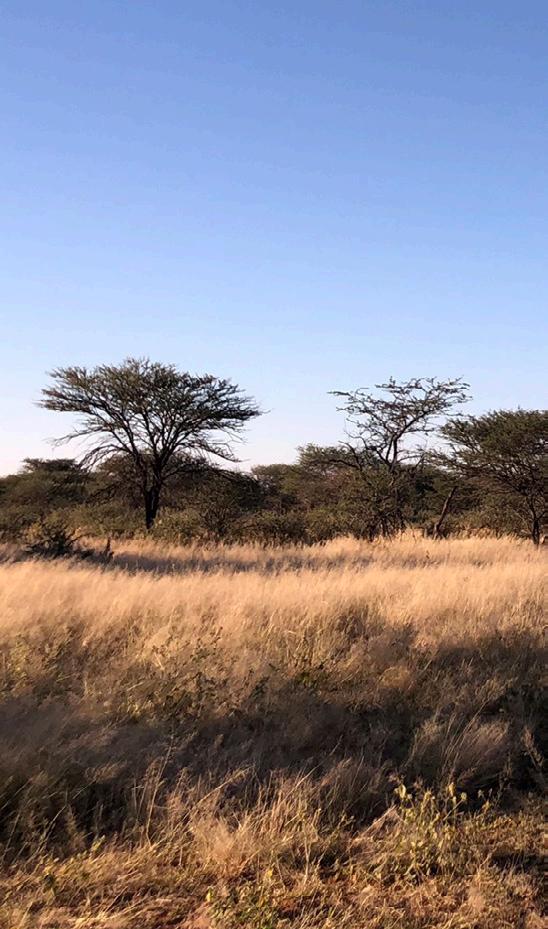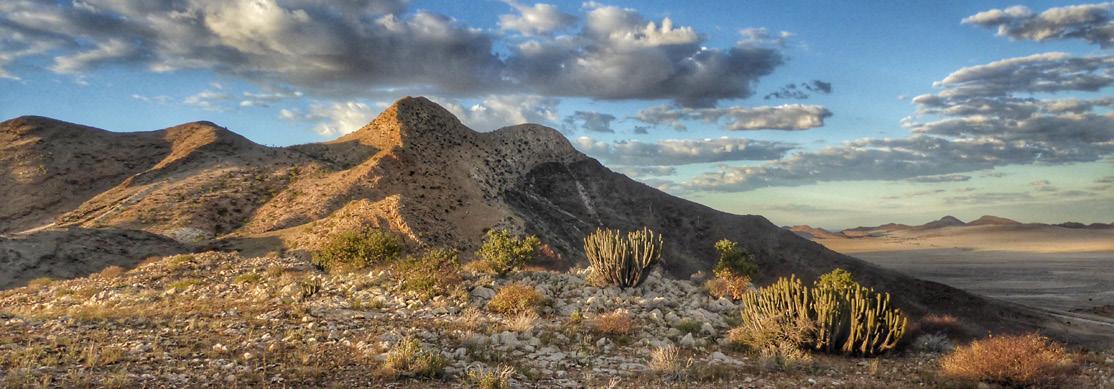
3 minute read
Photography Feature: Christie Keulder
Reflections on Food Photography
To me, photography is an extension of curiosity.
I photograph things because I am intrigued by them. My interest in food photography stems from my interest in cooking. Cooking is about transforming something well-known and quite simple into something new and very different and extraordinary. Normally cooking is associated with the application of heat, but there is a lot of food preparation that does not involve heat. Just think of fermentation, which is the art of controlled spoilage. Cooking with bacteria has been around for centuries, yet we still know very little about it.
Modern food photography is firmly embedded in commercial life-style photography, which does not interest me much. I don’t care for photographs of over-stylized settings of perfectly plated food on a well-dressed table surrounded by props. I know these images are meant to sell magazines, books and even establishments. Creatively I am turned off by that. So, I do very little of that kind of photography. Besides, I refuse to render my food inedible simply to make it look good in a photograph.

This is the start of a tomato salsa. I got some very colourful heirloom tomatoes from the store and sliced them thinly. Here they are with some red onion lit from below through white plexiglass.

Finding fresh peas in a pod can be difficult. So when I found these, I decided that they would be far more interesting when photographed raw rather than cooked in a dish. I had to carefully cut each of them open before photographing them. Then I left them to dry and kept photographing them drying out. To my surprise the shells dried out long before the peas. This picture was taken after three or four days.
I enjoy close-up, in-your-face photographs of ingredients that reveal not only the perfection, but also the imperfection. I like to photograph food without any distractions. The focus is on the ingredient only. That is why I like to work on pure white or black backgrounds and almost exclusively use macro lenses. I also keep the lighting setups quite basic and simple.
It can take days or months to make a single photograph. Ever since I read about “black garlic”, which is a slowly fermented version of normal garlic, I wanted to make it at home. Luckily I had just bought a dehydrator, so I could start right away. But it took a full 45 days to achieve what I’d been looking for: that photograph that took only 1/250 th of a second to take, took 45 days to make.

These are bokkoms: salted and dried mullet from South Africa’s West Coast. A friend gave them to me after a holiday in that part of the world. Dried fish can be very unappetizing and thus difficult to photograph with empathy. Their name links them to goats’ horns. I guess one can see why.

Romanesco broccoli has a highly unique appearance and thus is a particularly interesting vegetable to photograph because it is a natural approximation of a fractal. In mathematics, fractals show similar patterns at increasingly small scales called self-similarity. Any vegetable that can help us understand complex mathematical concepts are uber-cool to photograph.
I am lucky that cooking and photography combine so easily. Inspiration can come from either source. At one time I became quite obsessed with photographing sliced food. Mainly fruit and vegetables sliced thinly to make them translucent. I’d light these from below to capture their cellular profiles and hidden textures. I’d leave them to dry and record their changing compositions. When the project ended, I turned the dried food into powders which I used to flavor soups or stocks. Nothing ever got wasted.
One day during this time I made chicharrones. These are crispy pork skin snacks I had tasted in Mexico. It was a long process. First, the skin had to be cooked until it was soft, nearly falling apart. Then I had to scrape the fat from the skin before dehydrating it for almost a day. Finally, the dehydrated skin, which now looked like sharp, hard shards of glass, were deep-fried to make it puff-up like pillowy clouds. Instead of eating it as I had intended, I got intrigued by the shapes and textures caused by bubbles of rising steam trapped by the proteins in the skin. I eventually spent days photographing them. Only when I could no longer stand looking at them, did I eat the chicharrones.

Chicharrones. These were made from left-over pork skin and photographed lit from below through white plexiglass.

This is gum from the sweet thorn acacia (Acacia karroo). We used to eat this as kids. When dried and blended into a fine powder it can be used as a hydrocolloid to give ice cream a smooth texture. I wanted to turn something old and familiar into something new and abstract.

These are white and brown beech mushrooms. Beech mushrooms grow on beech trees and are commonly used in Japanese ramen dishes. Here they were photographed on black plexiglass to get clear reflections.
Website: www.greatnamibianfoodproject.com
Facebook: @The Great Namibian Food Project
Instagram: @greatnamibianfoodproject










